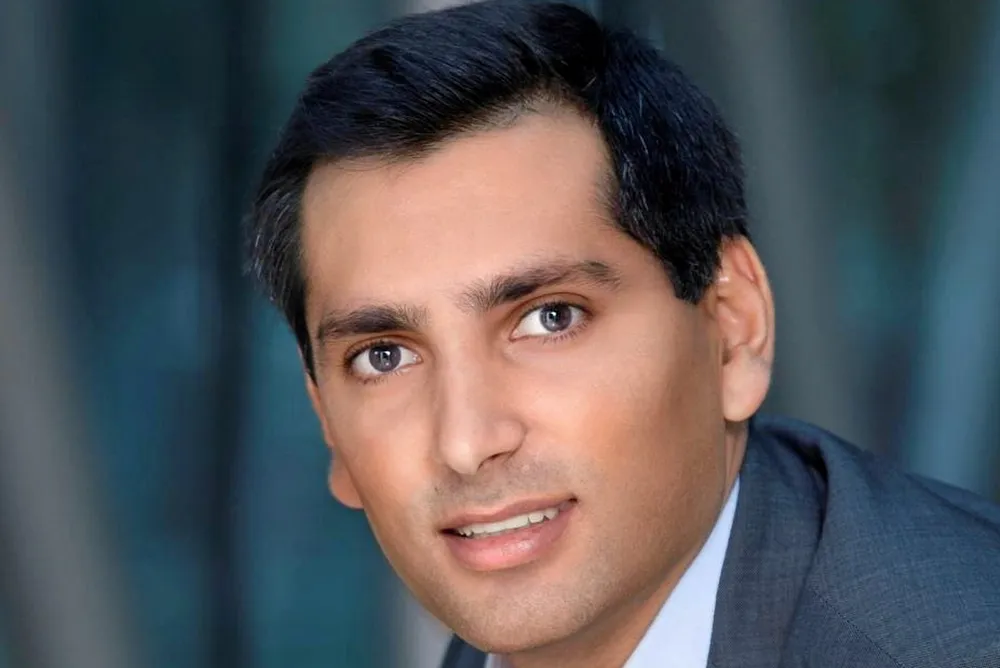GE Vernova executive warns 'too slow' wind power risks missing out on AI boom
International markets chief says wind can compete on scale but not yet speed to meet coming demand surge to supply data centres

The wind industry risks losing out on the full benefits of a “transformational” boom in AI-fuelled power demand from data centres unless regulatory and grid bottlenecks ease so it can move faster to deploy projects, warned a senior executive with GE Vernova.
Gilan Sabatier, the US-based group’s chief commercial officer, onshore wind, for international markets, said the coming surge in demand from the data centre sector is currently one of the “main themes” of the energy industry, with wind in theory ideally placed to supply green power.
“Those are the two challenges to solve – scale and speed. That’s where wind needs to evolve, it can be the solution of scale but it’s not yet the solution of speed.
“It’s still too slow to get a project on the ground to meet those increasing needs of AI data centre demand, so customers are turning to other options that they feel will get done faster with more certainty in some parts of the world.”
Sabatier said gas power and even nuclear had both been proposed as options for data centre power, but for wind “there’s such a big opportunity if we can get our act together, easing permitting and getting the grid unlocked to capitalise on what could be a transformational opportunity”.
Sabatier spoke as GE Vernova’s onshore wind business, now profitable again, weighs its approach to markets beyond its US heartland where it is still the dominant player.
The GE Vernova executive said its strategy over market entry is now led by the focus of its customers, and by where it has the right product and execution capabilities.
“It’s not like we have a list of countries saying where we do go to [and] where you don’t go,” he said.
“We have to grow profitably – the right customers with the right value proposition and then you’ll get the right market.”
Asked to provide examples of markets where GE Vernova sees potential, Sabatier said Germany’s revitalised onshore wind sector currently represents a prime example of policy-led growth potential. “We’d be foolish not to make sure we capitalise as much as we can on that opportunity,” he said.
The wind OEM is “very bullish generally” over western Europe and sees growing potential in eastern European markets such as Romania. Further afield, Asia-Pacific markets that stand out include Australia, India and Japan.
Sabatier claimed GE Vernova’s international push is set to benefit from its ‘workhorse’ product strategy, which outside the US focuses on its 6MW Cypress platform in 158m and 164m versions.
But in an increasingly competitive global wind turbine market that is seeing increasing competition from China, how can GE Vernova differentiate?
Sabatier cites the operating track record of its fleet and lessons learned, sometimes the hard way, in project execution.
Early deployments of Cypress turbines in northern faced challenges as diverse as logistical logjams and detached blades, but Sabatier said: “There are so many things you cannot learn until you have those million hours of operation. It could be things around how the turbine performs in certain conditions, how to transport the equipment to site, the tooling you need to develop to handle blades.
“There’s no shortage of lessons we’ve learned.”
Sabatier added: “One of the things we’re doing now is a lot more testing and validation of the systems, the sub-system. Safety and quality first over very other consideration.”
(Copyright)